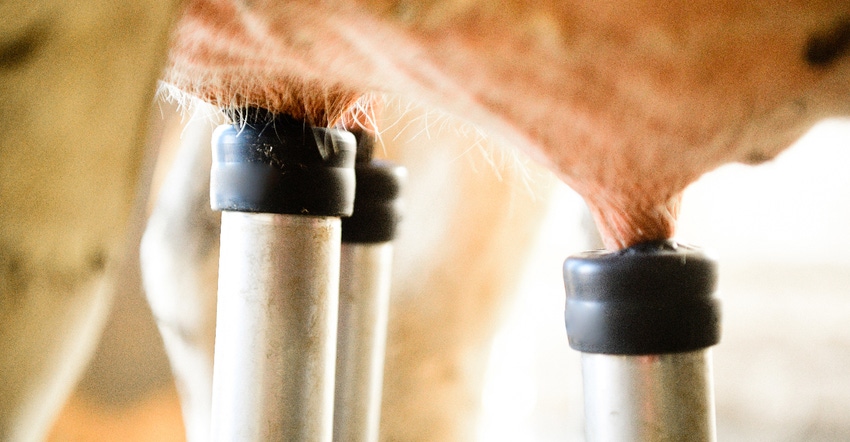
When you produce a fresh product daily, it’s crucial that sanitation is the top priority.
Dairy farmers know this and work to produce the highest-quality milk possible. In order to market Grade A milk, farms are required to undergo routine state and milk buyer inspections and pass federal milk inspection requirements. On the Minnesota’s dairy farm inspection report, there are 19 areas that milk inspectors review with each visit.
Brandon Wolf, a milk inspector with the Minnesota Department of Agriculture’s Dairy and Meat Inspection division, has worked with MDA for nearly a decade and has seen certain violations surface time and time again on farms. He shared his top 10-plus list during the virtual Minnesota Milk Producers Association annual meeting. Repeat offenses in specific categories include:
Utensils and equipment
• Poor welding in milk pipelines, in both new and old construction. Not using stainless steel in the pipelines is a no-no, too.
• Cracked gaskets, inflations and hoses.
• Plastic coating that is peeling off probes in milk receiving jars, exposing threads and equipment.
• Pipeline that is improperly sloped.
Water supply
• Backflow values that are plugged.
• Pressure relief valves that aren’t installed properly.
• Hose bib vacuum breakers on water lines; they are not allowed.
Milk house
• Milk truck hose port rusted and doesn’t provide a tight seal, allowing flies, etc., to enter.
• The 4-by-4-foot concrete pad outside under the port in poor condition. Weeds not whacked down.
• Cracked windows in need of repair or replacement, so flies and cats are kept out.
• Warped or gapping dairy wallboard.
• Floor in need of repair due to cracked tiling and/or eroding concrete.
Milk house cleanliness, unacceptable elements
• A dirty milk receiving jar.
• Filter sock boxes open and exposed to flies and debris.
• A muddy floor.
• Bulk tank exterior dirty with dust and debris.
• Clutter that shouldn’t be where milk is stored — open bags of dog and cat food, piles of bags or clothing, garbage.
Barn
• Walls in need of cleaning, repair or painting.
• Dusty milk pipelines or hanging cobwebs.
“There are 14 milk inspectors in the state, plus others who want to help dairy farmers [produce a quality product’,” Wolf concluded. “We appreciate how hard farmers are working.”
About the Author(s)
You May Also Like






